Dinner
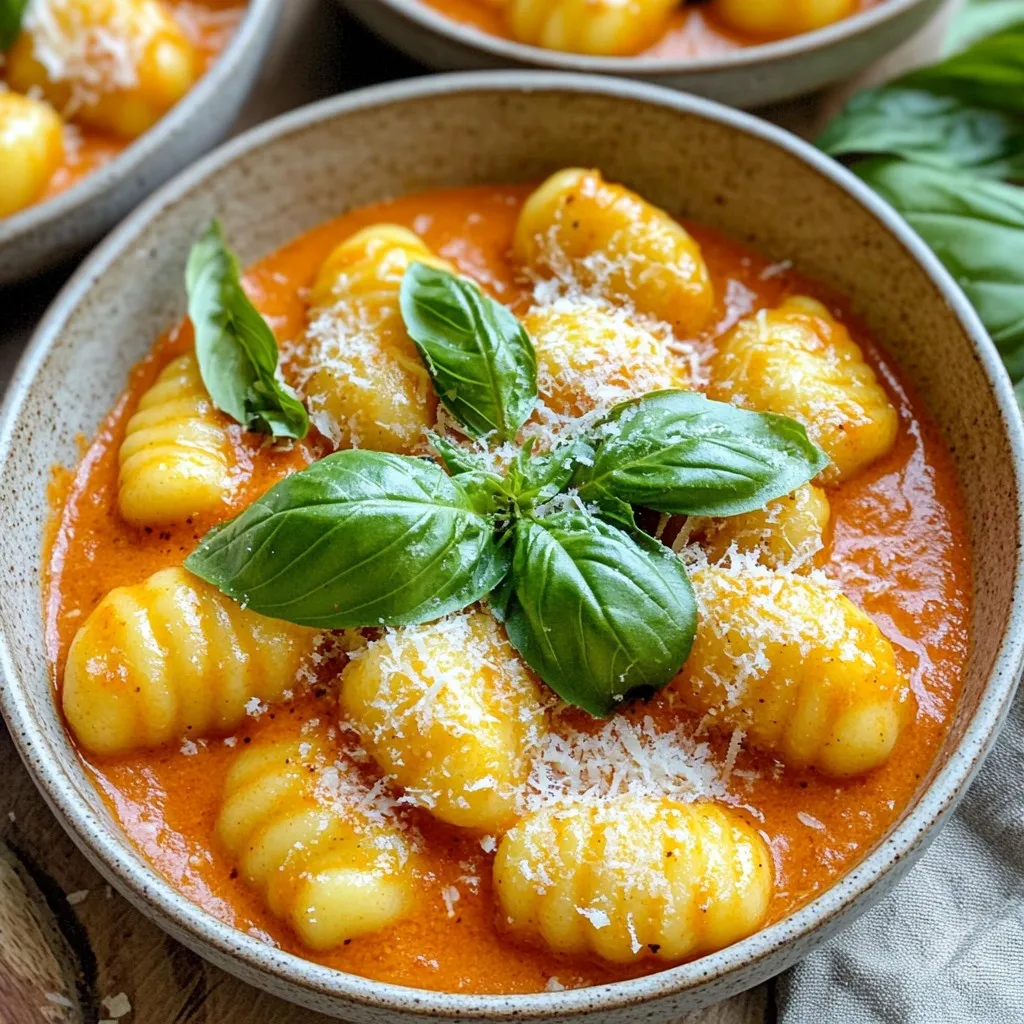
Creamy Roasted Red Pepper Gnocchi Dreamy Dish
Are you ready to savor a dish that oozes comfort? My Creamy Roasted Red Pepper Gnocchi is a delightful blend of flavors that will impress

Honey Sriracha Chicken & Broccoli Flavor Boost Meal
Are you ready to spice up your weeknight dinner routine? My Honey Sriracha Chicken & Broccoli flavor boost meal is the perfect mix of sweet
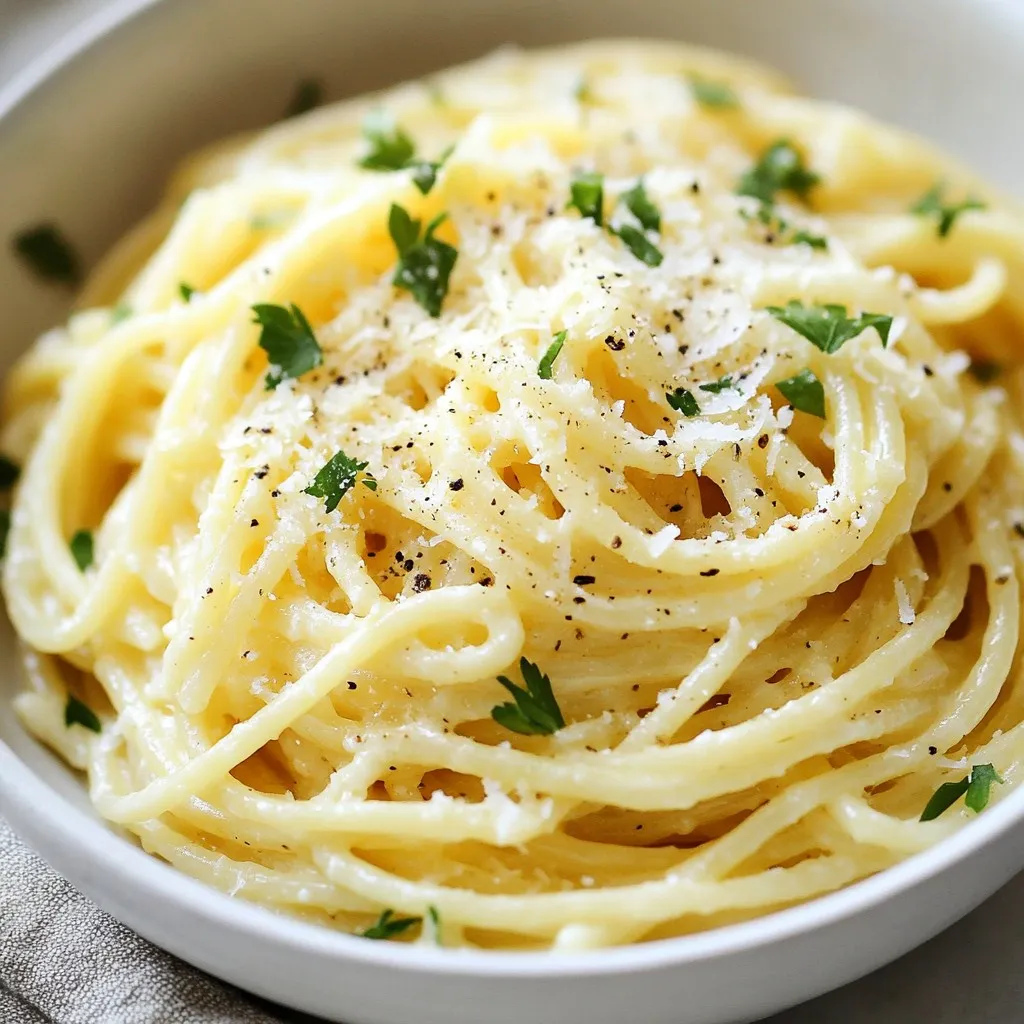
Creamy Garlic Parmesan Spaghetti Rich and Easy Meal
Looking for a quick and tasty meal? My Creamy Garlic Parmesan Spaghetti is rich, easy to make, and perfect for any night. This dish packs

Slow Cooker Creamy Mushroom Wild Rice Soup Delight
Are you ready to warm your soul with a delicious, creamy soup? This Slow Cooker Creamy Mushroom Wild Rice Soup is the perfect cozy meal.
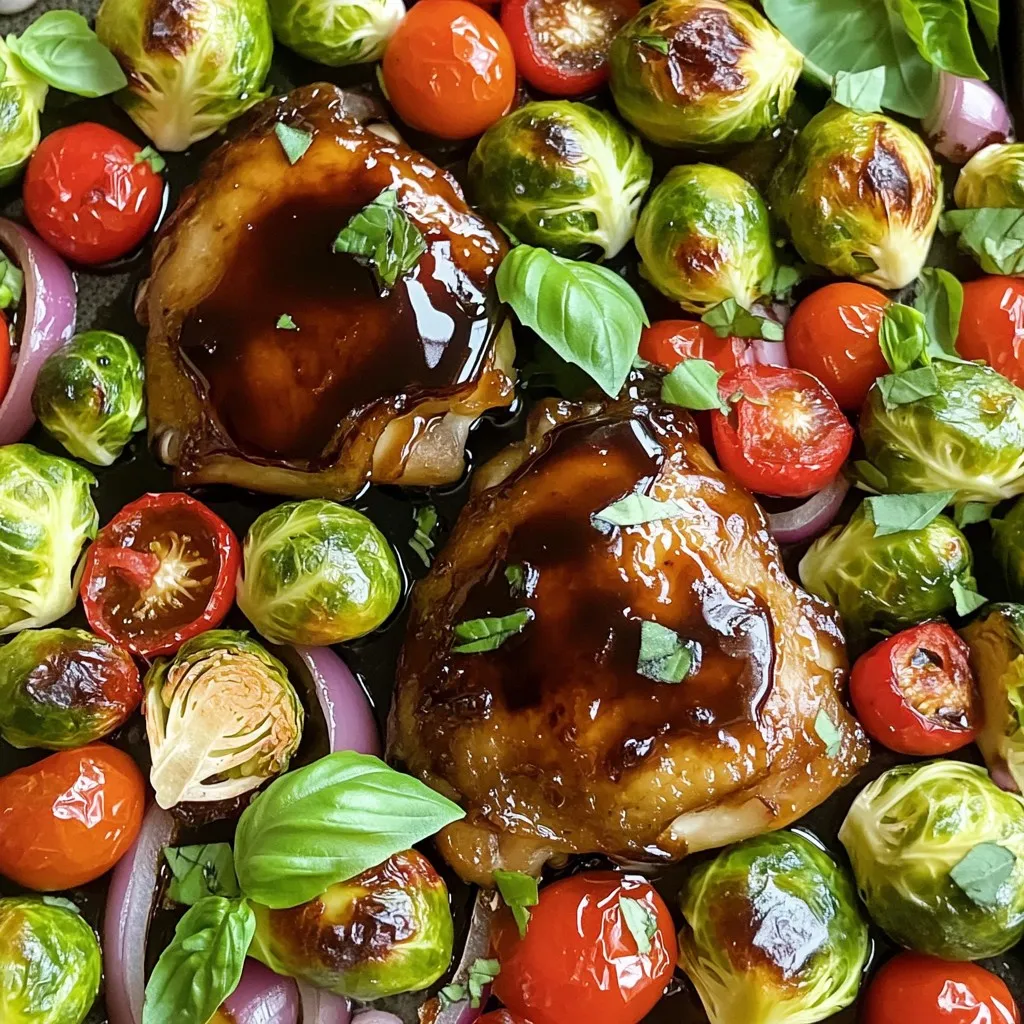
Sheet Pan Balsamic Glazed Chicken and Vegetables Dish
Looking to impress at dinner without spending hours in the kitchen? My Sheet Pan Balsamic Glazed Chicken and Vegetables dish is your perfect solution! This
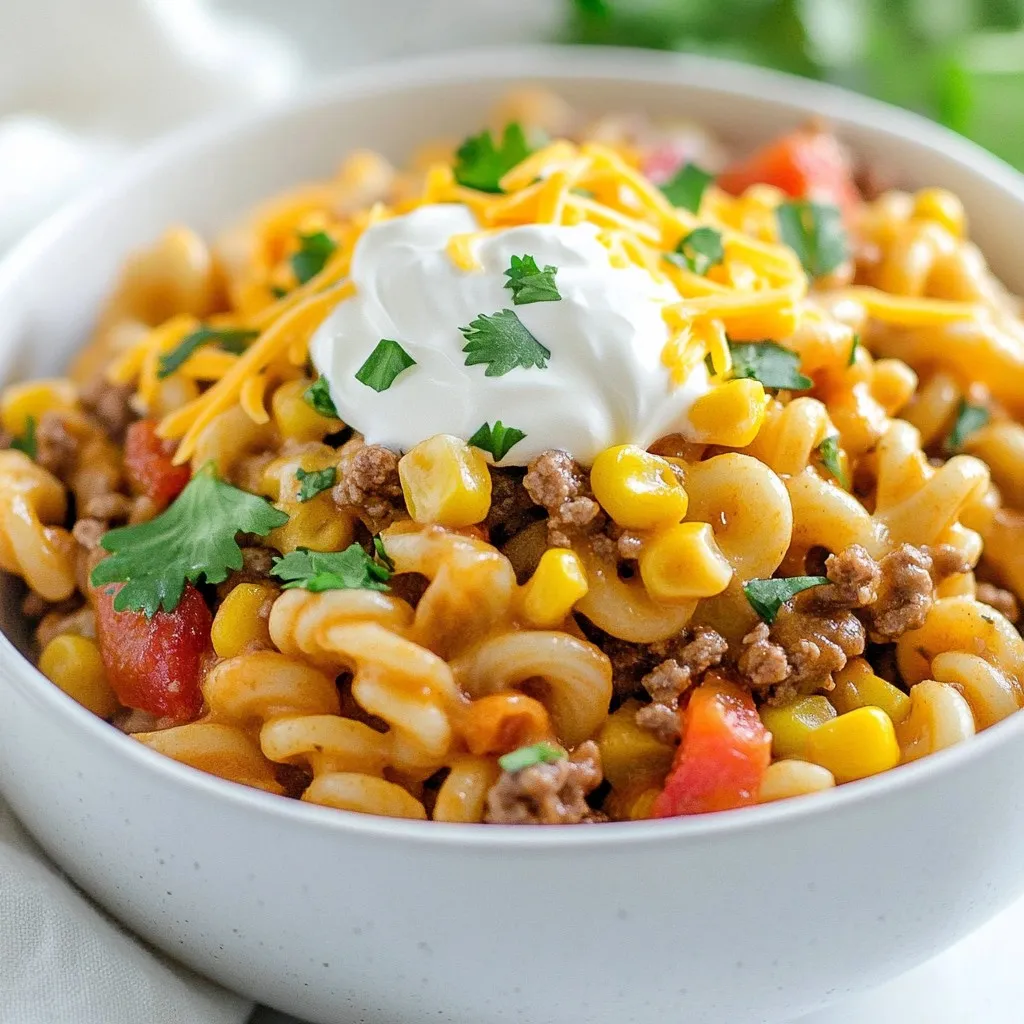
Ingredient Cheesy Taco Pasta Simple and Flavorful Meal
Are you ready to whip up a simple, yet delicious meal? This Cheesy Taco Pasta combines your favorite taco flavors with creamy goodness. Whether you’re
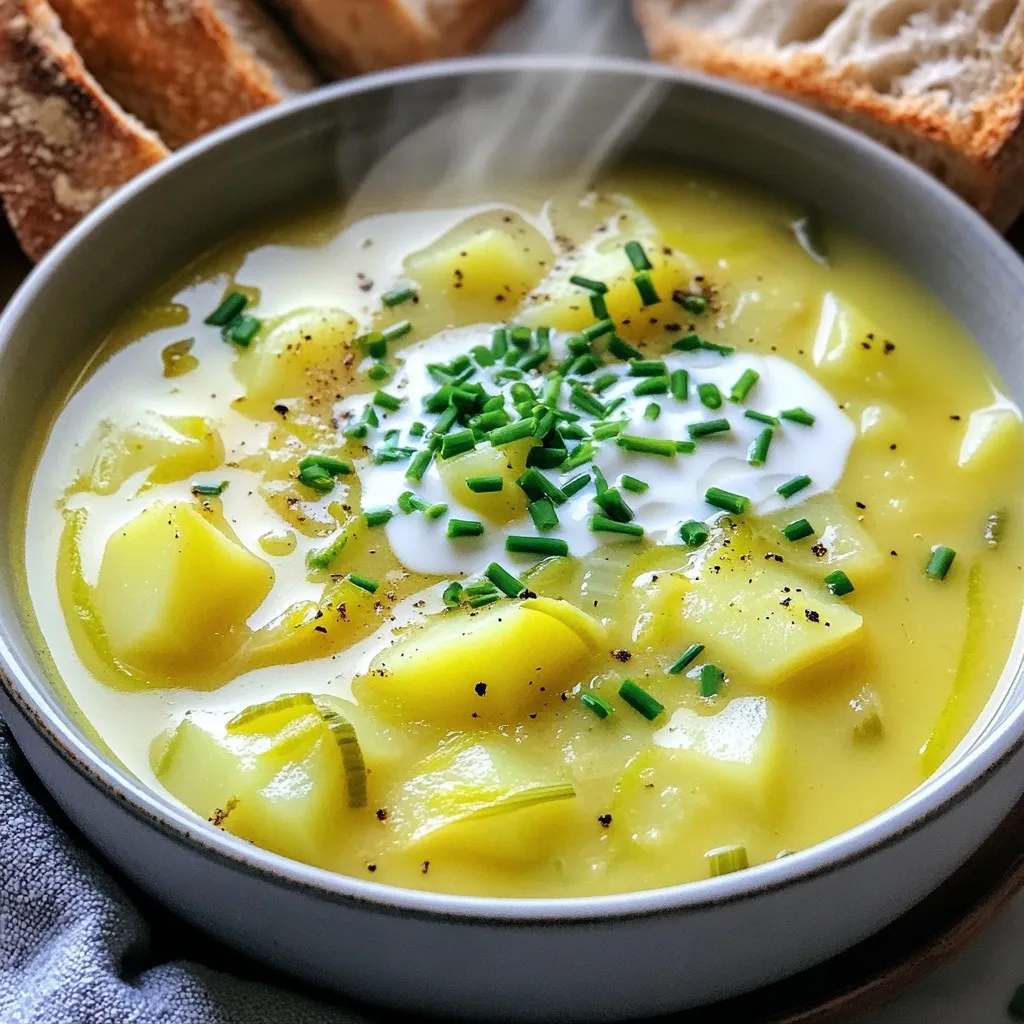
Creamy Potato Leek Crockpot Soup Nourishing Comfort Dish
Warm up with my creamy potato leek crockpot soup, the perfect comfort dish! This rich and hearty soup combines simple ingredients like russet potatoes and
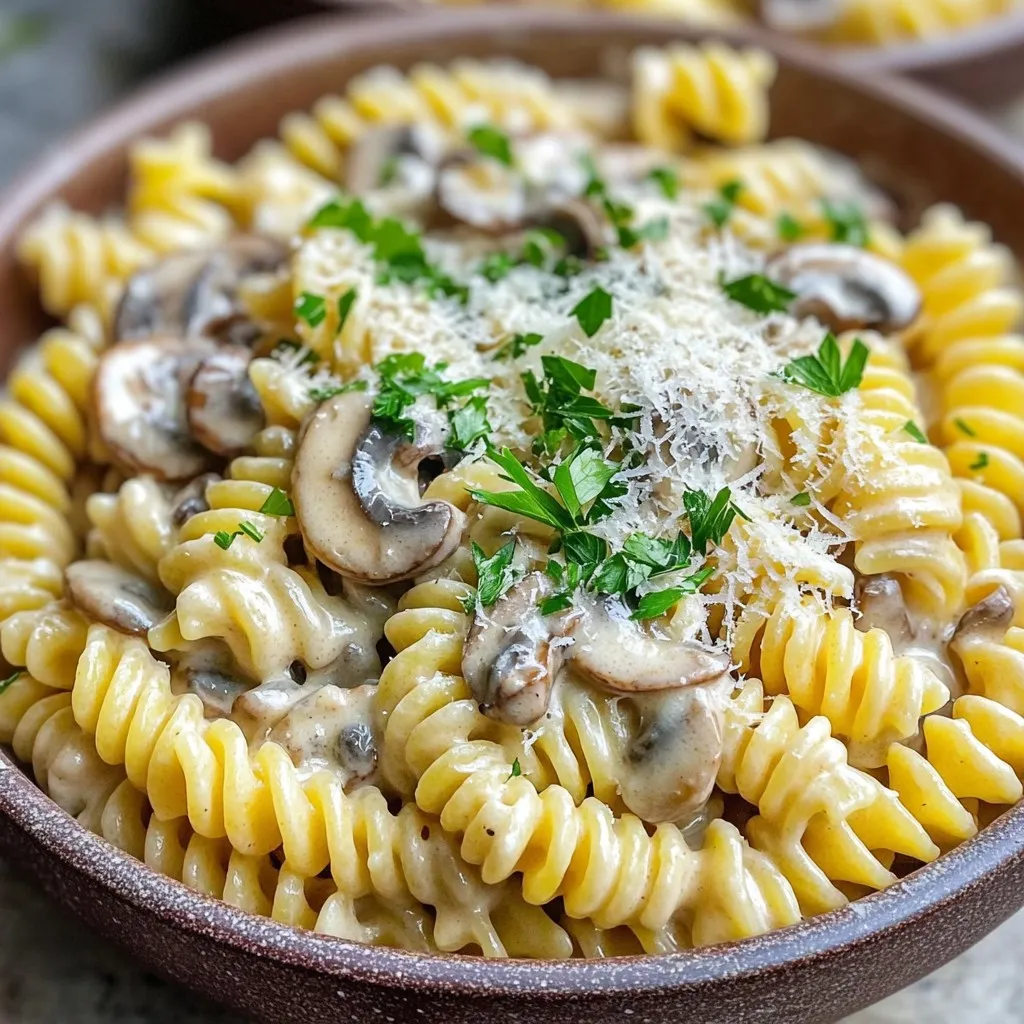
Creamy Garlic Mushroom Pasta One Pot Delight
In this blog post, I’ll share my favorite one-pot dish: Creamy Garlic Mushroom Pasta. This meal combines rich flavors and simple ingredients, making it perfect

Flavorful Slow Cooker Creamy Tuscan Sausage Soup Recipe
Looking for a hearty meal that practically makes itself? My Flavorful Slow Cooker Creamy Tuscan Sausage Soup is just what you need. This cozy dish
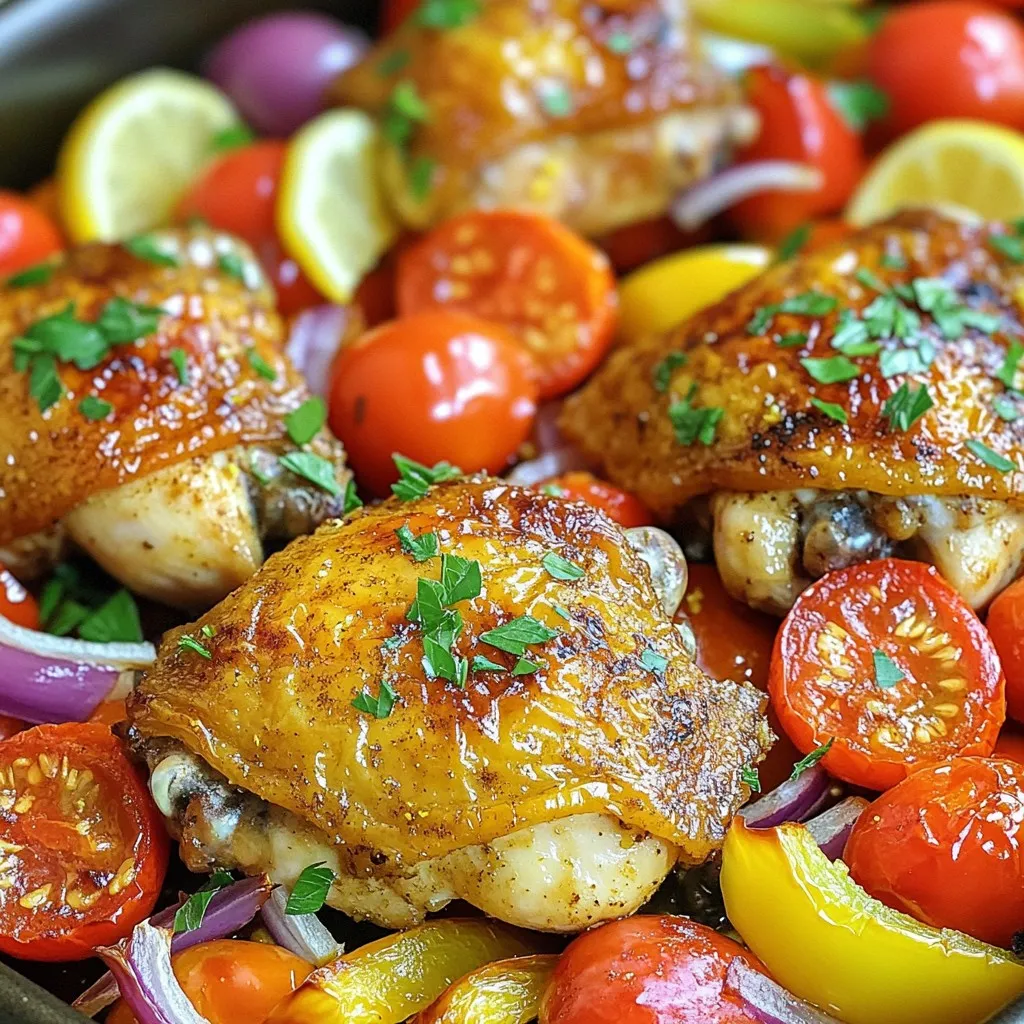
One-Pan Mediterranean Lemon Chicken Thighs Delight
Looking for a quick and tasty dinner? Try my One-Pan Mediterranean Lemon Chicken Thighs! This dish bursts with vibrant flavors, thanks to fresh ingredients like